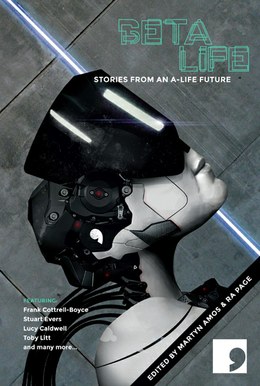[How will artificial life impact the future?]
Added on 26/10/2014
 In 2013, I was a part of the TRUCE workshop at the Alife conference. The workshop brought together scientists and creative writers in order to create a cool book full of stories about A-life (artificial life) and artificial intelligence and about how it will impact our society in the future.
In 2013, I was a part of the TRUCE workshop at the Alife conference. The workshop brought together scientists and creative writers in order to create a cool book full of stories about A-life (artificial life) and artificial intelligence and about how it will impact our society in the future.
As I am very interested in swarm robotics, sci-fi games and movies and generally how the future will look like when robots run around and are part of our everyday lives, I jumped at the opportunity to cooperate on the project. My idea for a story, in which government uses insect-size robots to spy on and silently kill people, was wonderfully expanded on and crafted into a short story by Robin Yassin-Kassab.
The book is called Beta-Life and there are many other stories inside, with topics like how data that we leave behind on the Internet and in the physical world will be (ab)used in the future, or how we will able to use our insights from biology to grow skyscrapers. It should be great fun to read for any sci-fi and science enthusiasts. What’s great about this book is that each story is accompanied by an afterword from a scientist who created the story idea, so the book not only feeds the imagination but also offers a great insight into current trends in the A-life and AI research.











{Please enable JavaScript in order to post comments}